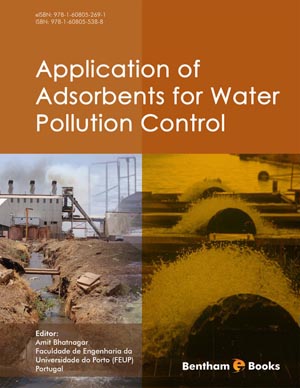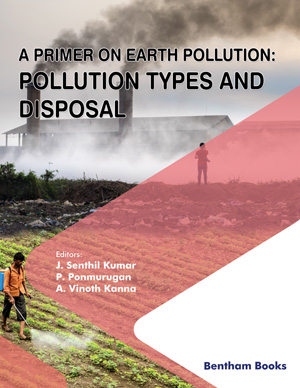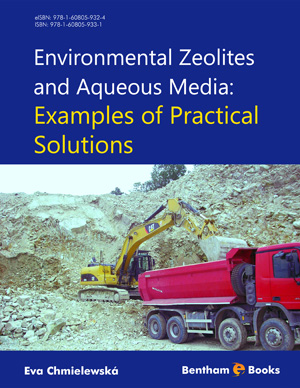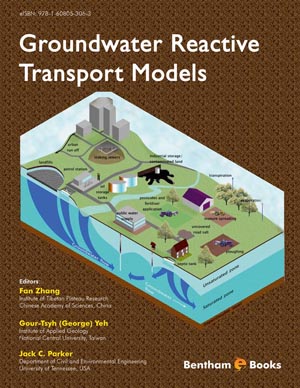Abstract
This chapter addresses the application of rice husk and bagasse ash as adsorbents to remove dyes from textile and printing wastewater and heavy metals, such as nickel, from electroplating wastewater. Rice husk was used in removal of basic, direct and acid dyes. A study on the adsorption of basic dyes onto rice husk involved electrostatic interactions. Evidence showed that lignin, cellulose and hemi-cellulose were the main components involved in dye adsorption. Because of alterations to active –CH, −OH, ketone and carboxylate functional groups, heating decreases the ability of rice husk to adsorb direct and acid dyes. Rice husk has also been used to adsorb nickel from electroplating wastewater. Rice husk modified by 0.1 M NaOH can adsorb nickel higher than original rice husk, thus confirming the mechanism as chemical adsorption involving ion exchange. Decolorization of sugar syrup and vegetable oil by these agricultural residues was also studied. Production of activated carbon from rice husk and bagasse ash was characterized and used for decolorization of vegetable oils such as rice bran oil. Bagasse ash was also applied in the decolorization of sugar syrup via a mechanism involving electrostatic interactions. Bagasse ash was used as an adsorbent in the treatment of wastewater containing water-based ink. In addition, bagasse ash can be used to adsorb dyes in wastewater before it is discharged into natural water systems.
Keywords: Rice husk, Bagasse ash, Activated carbon, Carbon content, Ash content, Dyes, Adsorbent, Wastewater, Adsorption, Precipitation, Adsorption mechanism, pH, Electronegativity, Decolorization efficiency.












